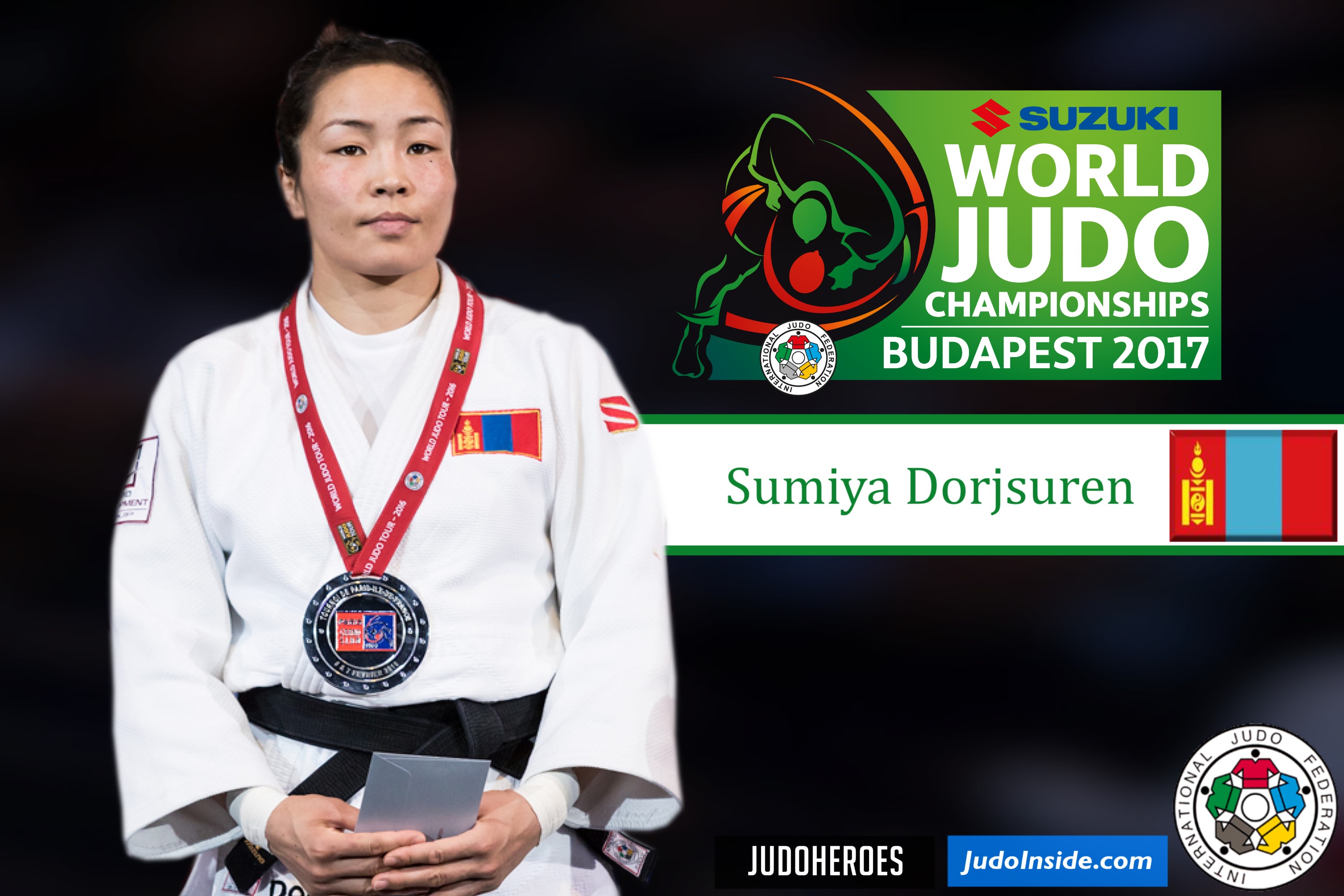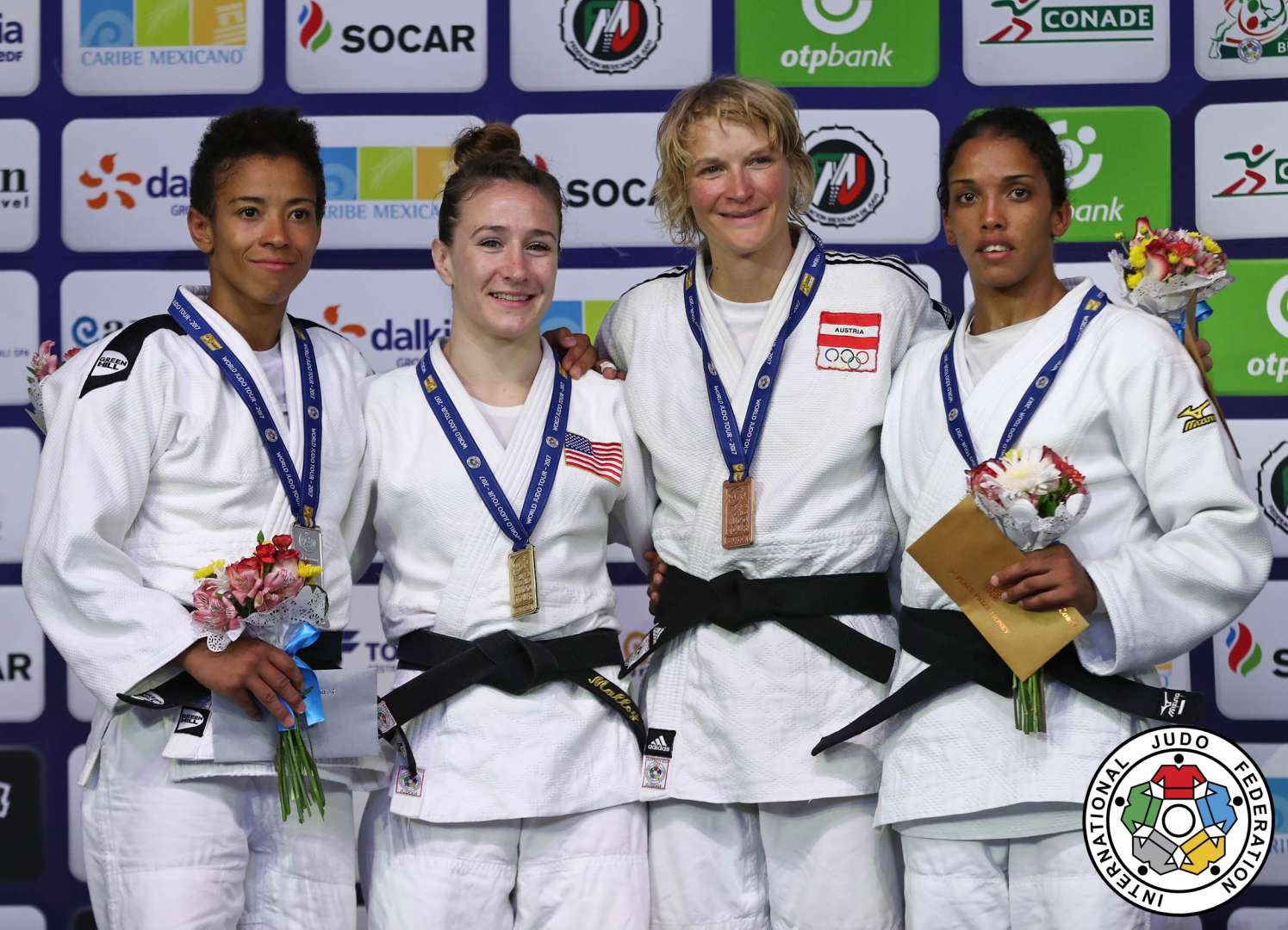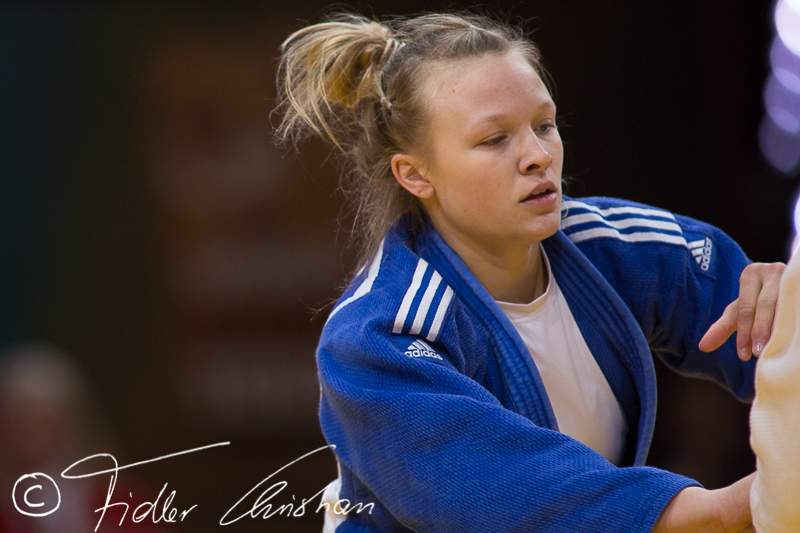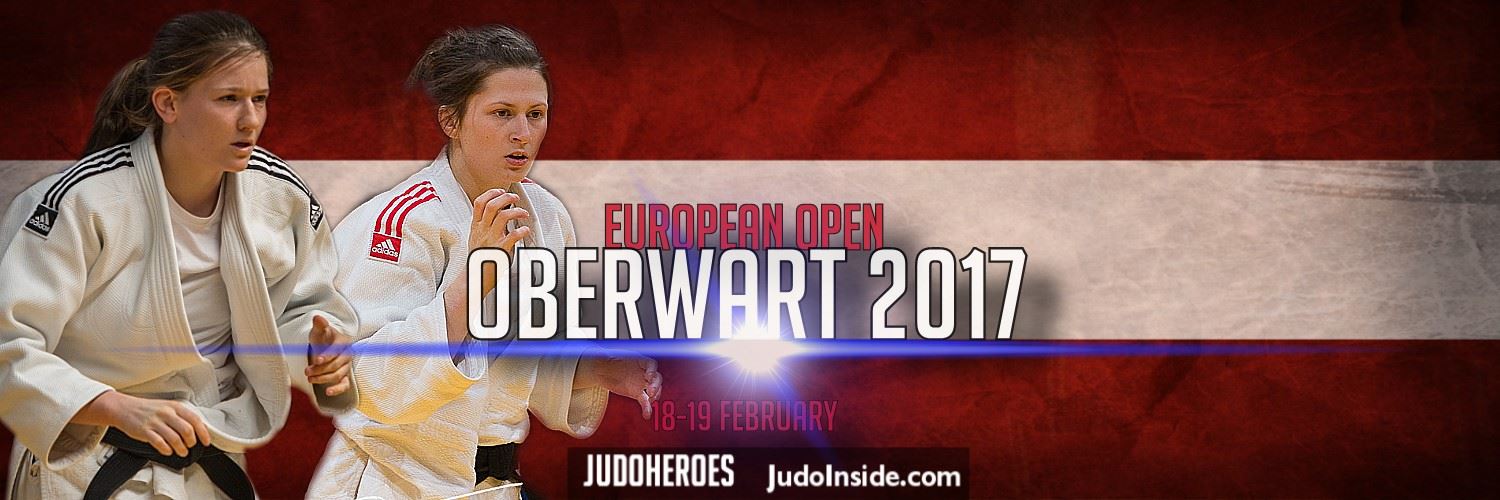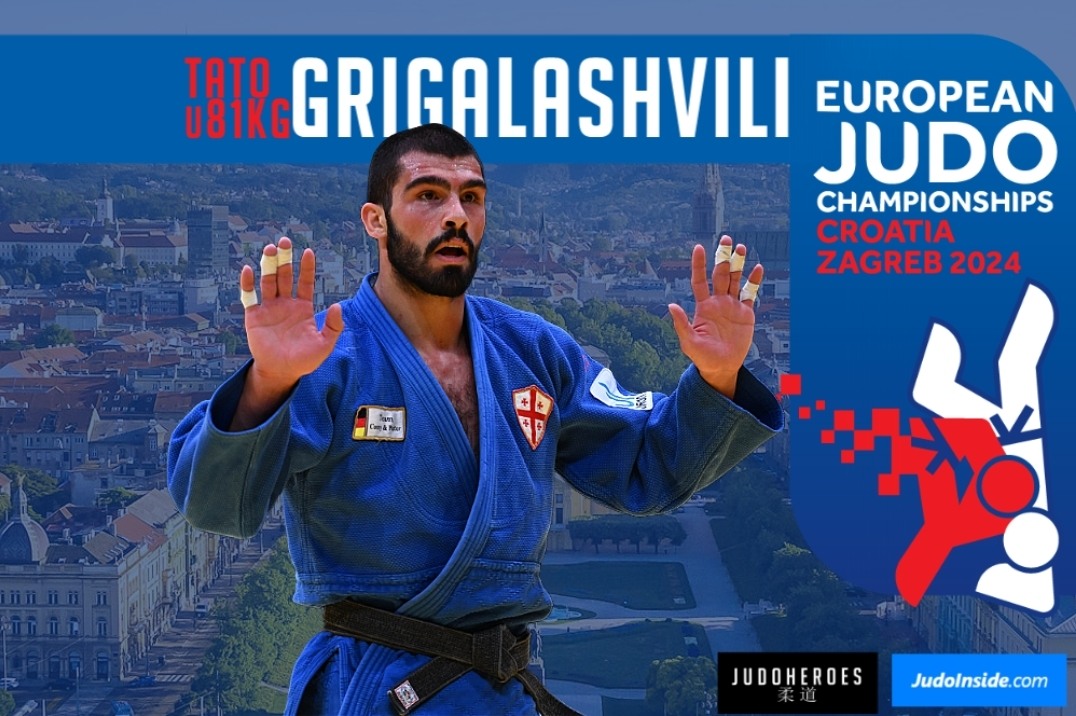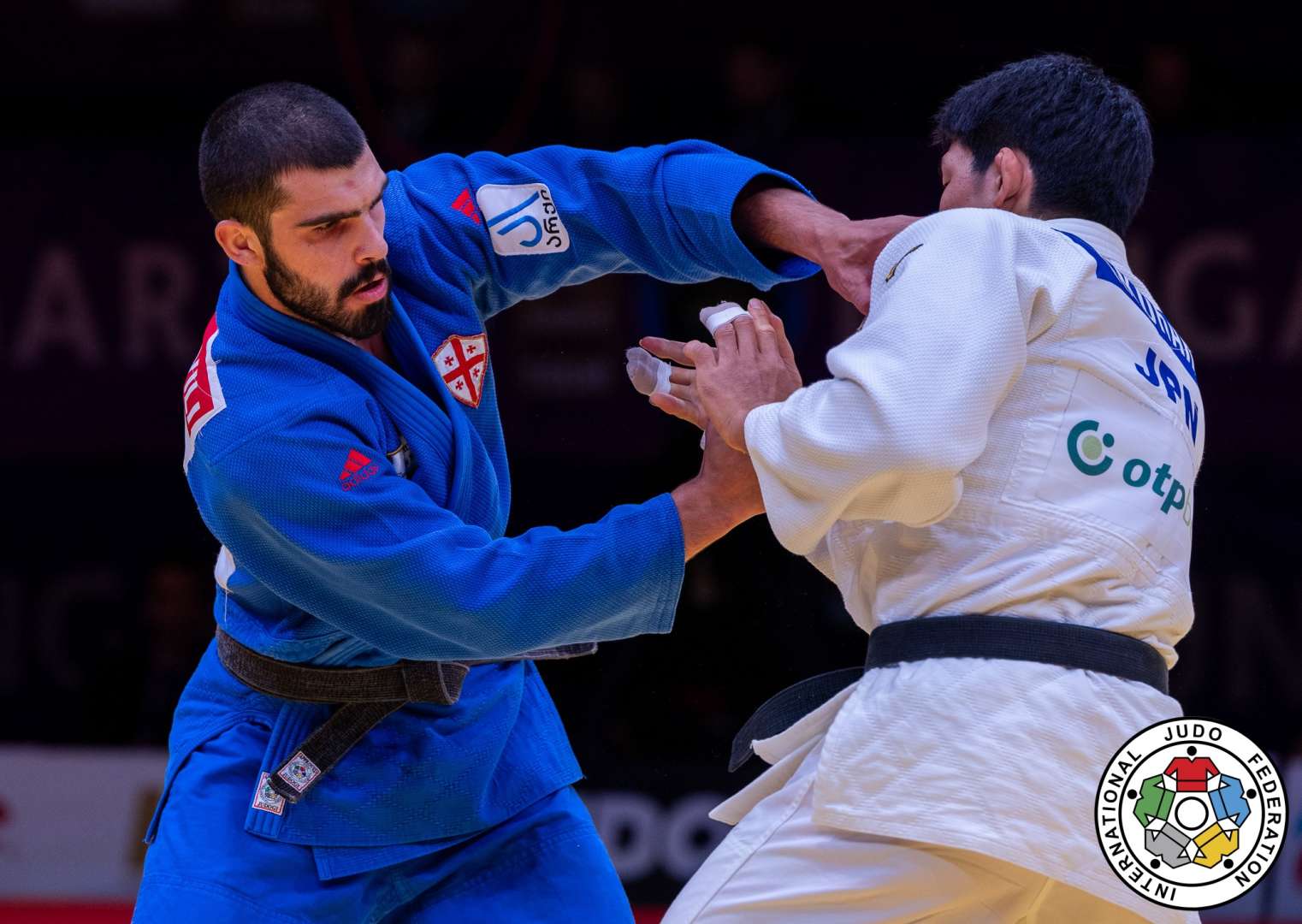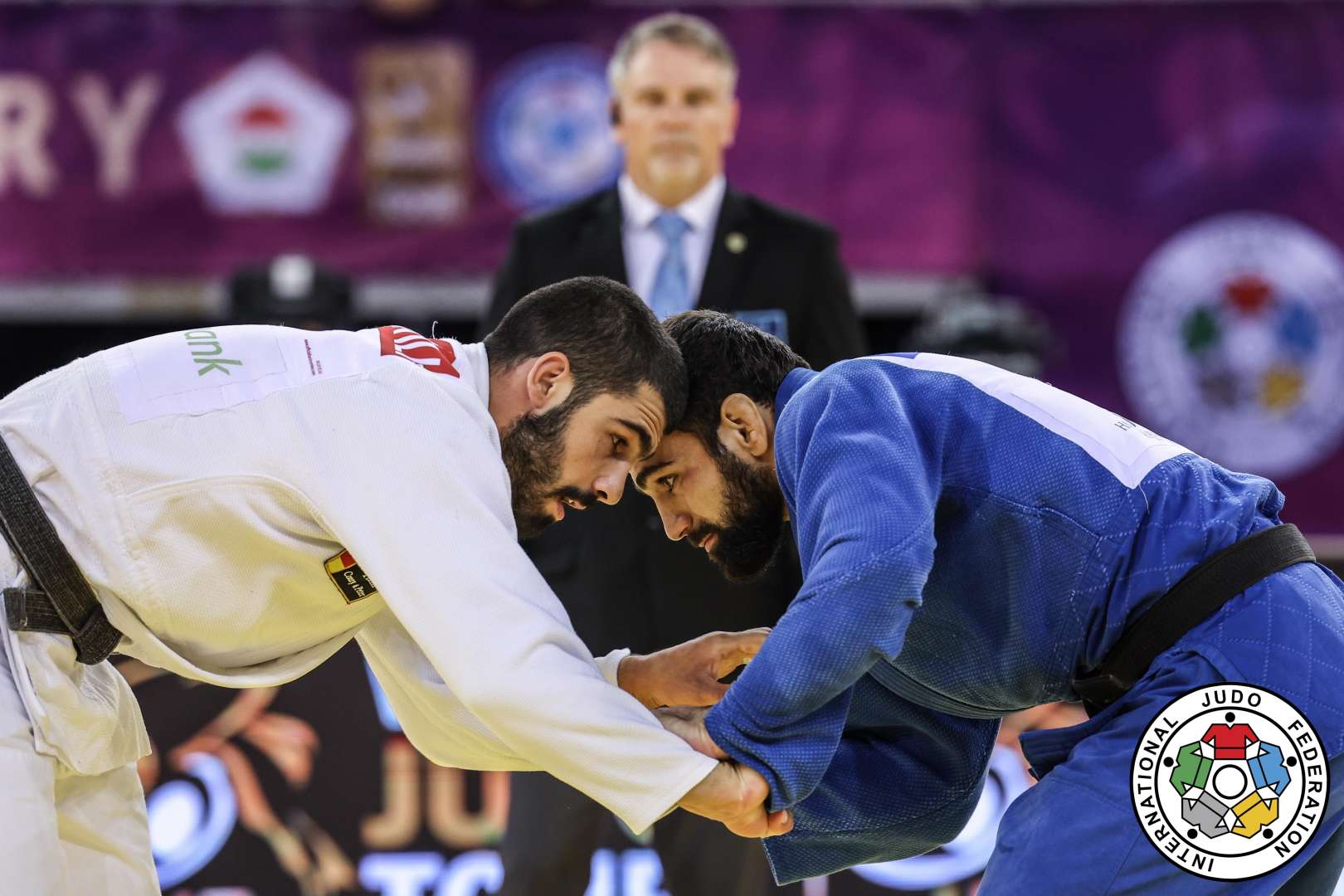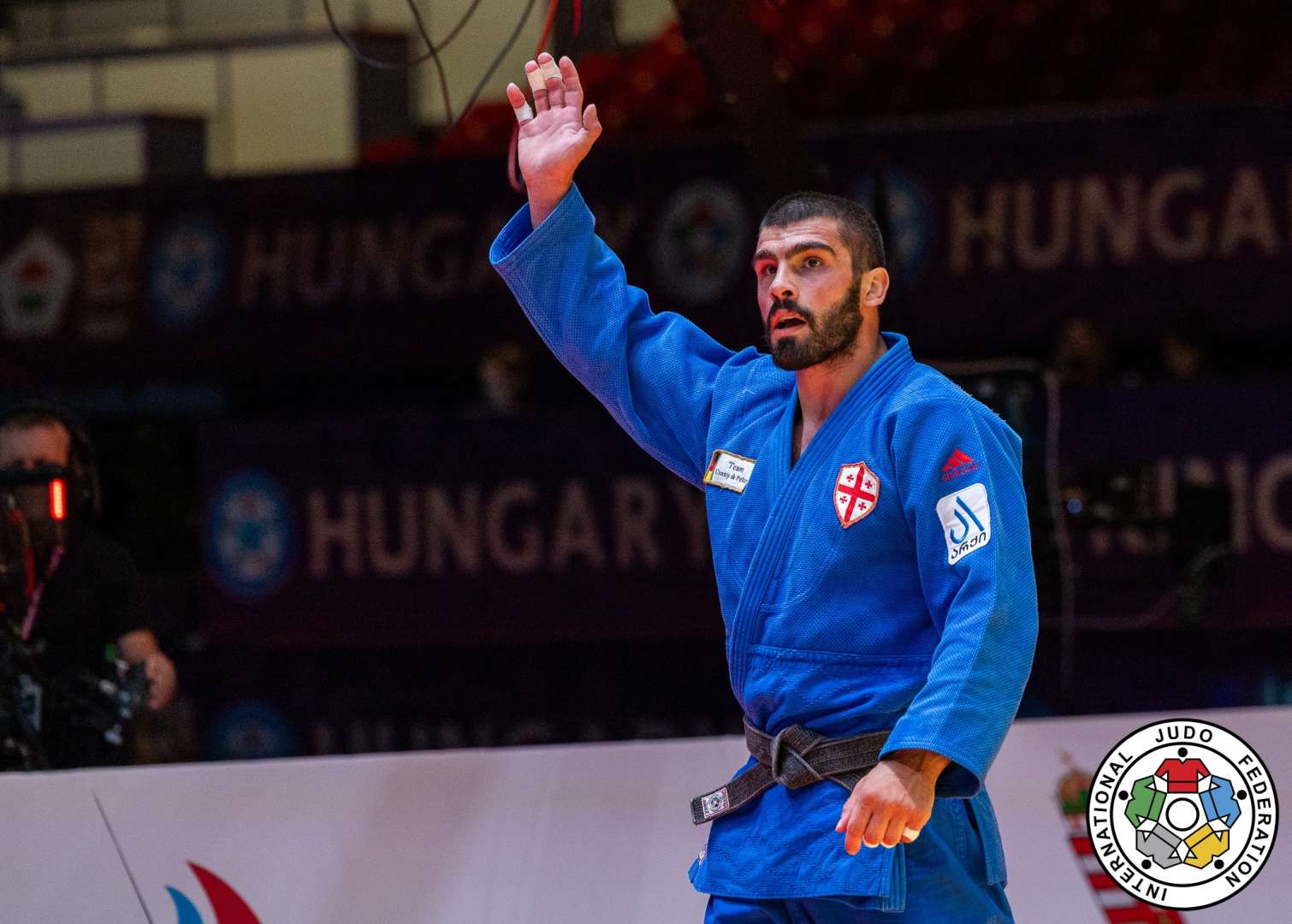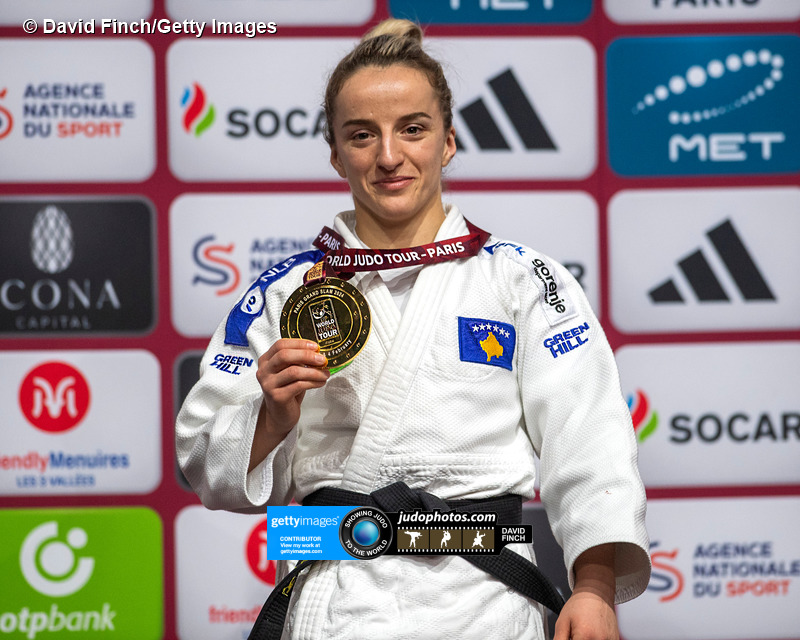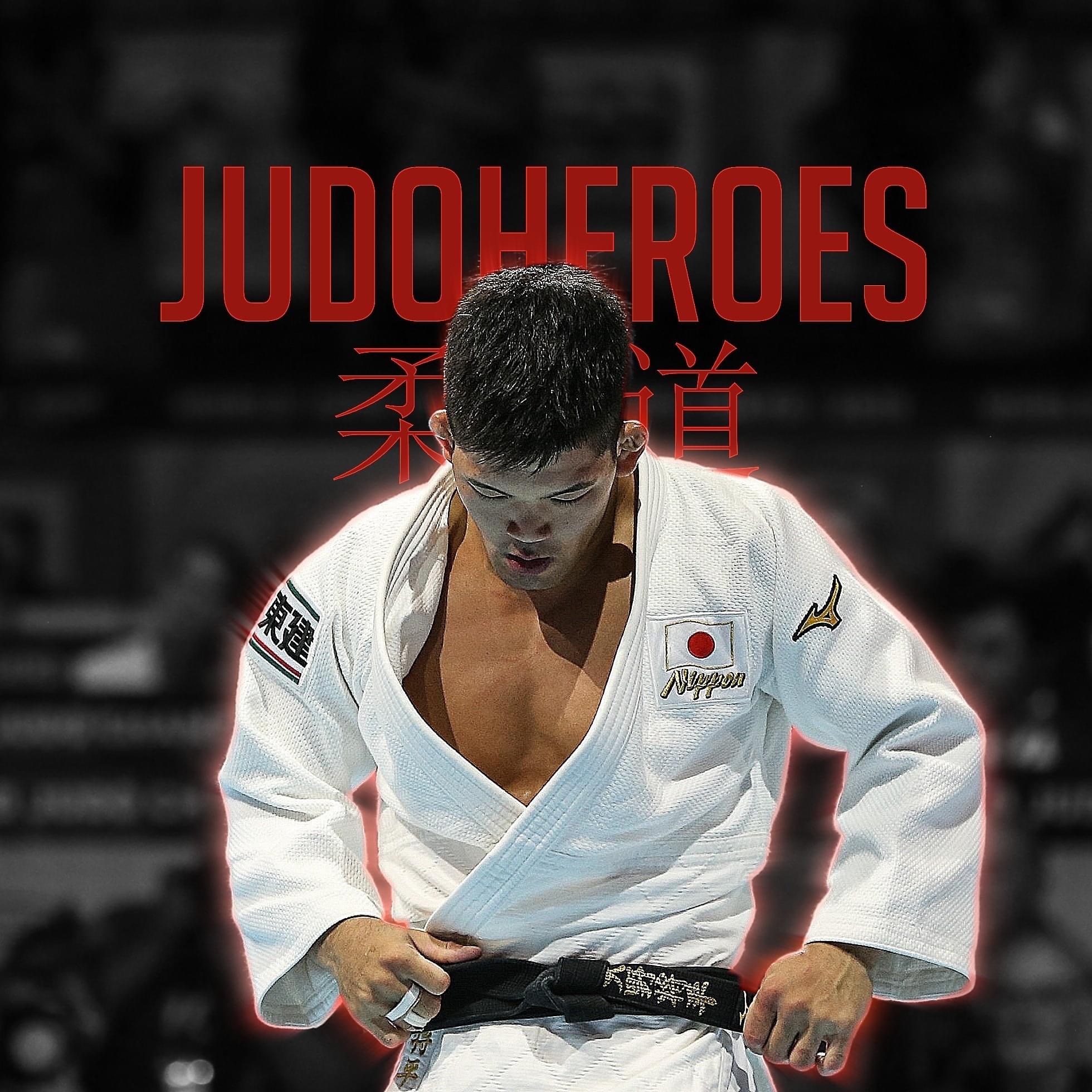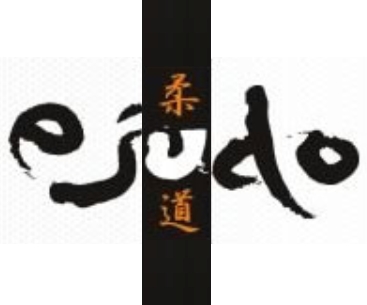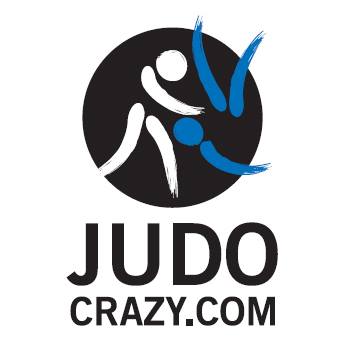Marti Malloy: An Expert Now, But Still A Student Of Her Sport

 11 May 2015 18:30
11 May 2015 18:30
 team USA
team USA
 IJF Media Team / International Judo Federation
IJF Media Team / International Judo Federation
It’s been more than a decade since a teenage Marti Malloy, just starting out as a serious judo competitor in Washington state, would set out around the region for judo clinics given by the sport’s most successful American athletes at the time. When world champions Mike Swain or Jimmy Pedro, or fellow Washington native and Olympian Sandra Bacher, were teaching at a clinic or camp, there would be that Malloy kid, soaking up knowledge. She was a good student.
Now 15 years on, Malloy has a bronze medal from the London 2012 Olympic Games, one of just a handful of judo medals won by Americans over the years. And she took silver at the 2013 world championships — another tournament where few Americans have been on the medal stand, in what is one of the more popular sports in Europe and Asia.
“Now I’m in the crazy position where I’m the one doing judo seminars,” said Malloy.
But while Malloy, now 29, has become undeniably one of American judo’s biggest stars and one of the nation’s strongest hopes for Olympic hardware in the sport in 2016, it might be her mindset about where she is in her judo trajectory that makes her so formidable.
For all the times she’s asked to go somewhere and be the one teaching her techniques to that next generation, more than anything, Malloy is still a student of the sport — just like that teenager 15 years ago.
“I can always improve in some way,” said Malloy, a deliberate trainer who picks apart every second of matches she’s lost, and diligently studies potential opponents. “The judo player I was six months ago is not as good as the judo player I am now. And I hope three months from now, I’ll be even better.
“You can spend your entire life doing judo and still be learning and improving.”
Malloy is coming off this month’s Zagreb Grand Prix in Croatia, where she took a silver medal, losing to Britain’s Nekoda Smythe-Davis in the -57 kg. weight class. Malloy’s second-place finish, though, was important toward her goal of competing in Rio in 2016, giving her critical qualifying points that now count more as the Olympic year approaches.
Malloy also had a big win last month, coming away with gold in the Pan American Championships in Edmonton, Alberta, where she beat former world champion Rafaela Silva of Brazil in the final. In the International Judo Federation’s most recent world ranking list, before her most recent tournaments, Malloy was ranked third in the world at her weight, just ahead of No. 4 Silva.
That ranking has Malloy just behind France’s Automne Pavia, who Malloy considers one of her biggest rivals for the gold medal in Rio. In judo, the two semifinal losers are both awarded bronze, and Pavia shared third place with Malloy at the London Games.
“She’s beaten me both times we have fought,” Malloy said of Pavia.
Malloy thinks another big rival for the gold will be Romania’s Corina C?prioriu, who beat Malloy in the semifinals and won the silver medal in London. Since London, Malloy has defeated Japan’s Kaori Matsumoto, who won the Olympic gold medal, beating her with an arm lock in the preliminary round of the world championships last year in Russia.
Ever the student, Malloy is studying her potential opponents in addition to the techniques she’s trying to perfect herself.
“I watch all the competitions, I watch video and I study it,” said Malloy, who is also working on a graduate degree in communications at San Jose State. “With the coaches, we sit down, we know what (potential opponents) do, and what I’m going to do to beat them — I never just go in blind.”
Malloy prefers fighting on the mat, seeking to win by arm lock, choke or pin, rather than by throwing her opponent with a technique during standing fighting — though she’s won several matches from the standing position as well. Her prowess as a mat technician was honed at San Jose State, where she’s trained since she was a teen. It’s one of the country’s judo hotbeds, and known for producing judoka who are particularly strong at grappling techniques, or groundwork.
Malloy has trained at San Jose with Swain, who was the first U.S. man to win a world championship in judo in 1987, and with the legendary judo teacher Yosh Uchida, who has headed San Jose’s program for 60 years and is known for pushing players to develop strong mat techniques, when many judoka focus more on the standing, or throwing, techniques.
Malloy often wins, as she did in her upset victory over Matsumoto in Russia, by applying an arm lock to force her opponent to tap out.
“I feel like I’m most confident in ne-waza” Malloy said. “I feel like I can submit anybody.”
Malloy’s gone from that teenager learning from the last generation to one of the older athletes on the American team — “The rest of them call me the grandma,” Malloy says. Soon to enter her 30s, she doesn’t know what the future holds after Rio, but she does know there’s still judo to learn.
“As I’ve gotten older I’ve gotten stronger and more efficient, “ Malloy said. “I feel like I haven’t peaked yet.”
Dave Royse is a Chicago-based freelance journalist and a former reporter for the Associated Press and News Service of Florida. He is a freelance contributor to TeamUSA.org on behalf of Red Line Editorial, Inc.
 like
like
 share
share

| Result | City | Date |
|---|---|---|
| 3 | Belgrade | 2023 |
| 2 | Montpellier | 2023 |
| 3 | Budapest | 2023 |
| 1 | Doha | 2023 |
| 1 | Paris | 2023 |
| Result | City | Date |
|---|---|---|
| 1 | Tashkent | 2 Mar |
| 1 | Paris | 3 Feb |
| 1 | Budapest | 2023 |
| 2 | Tokyo | 2023 |
| 5 | Montpellier | 2023 |
4.jpg)
 - MALLOY, Marti (USA)10.jpg)





